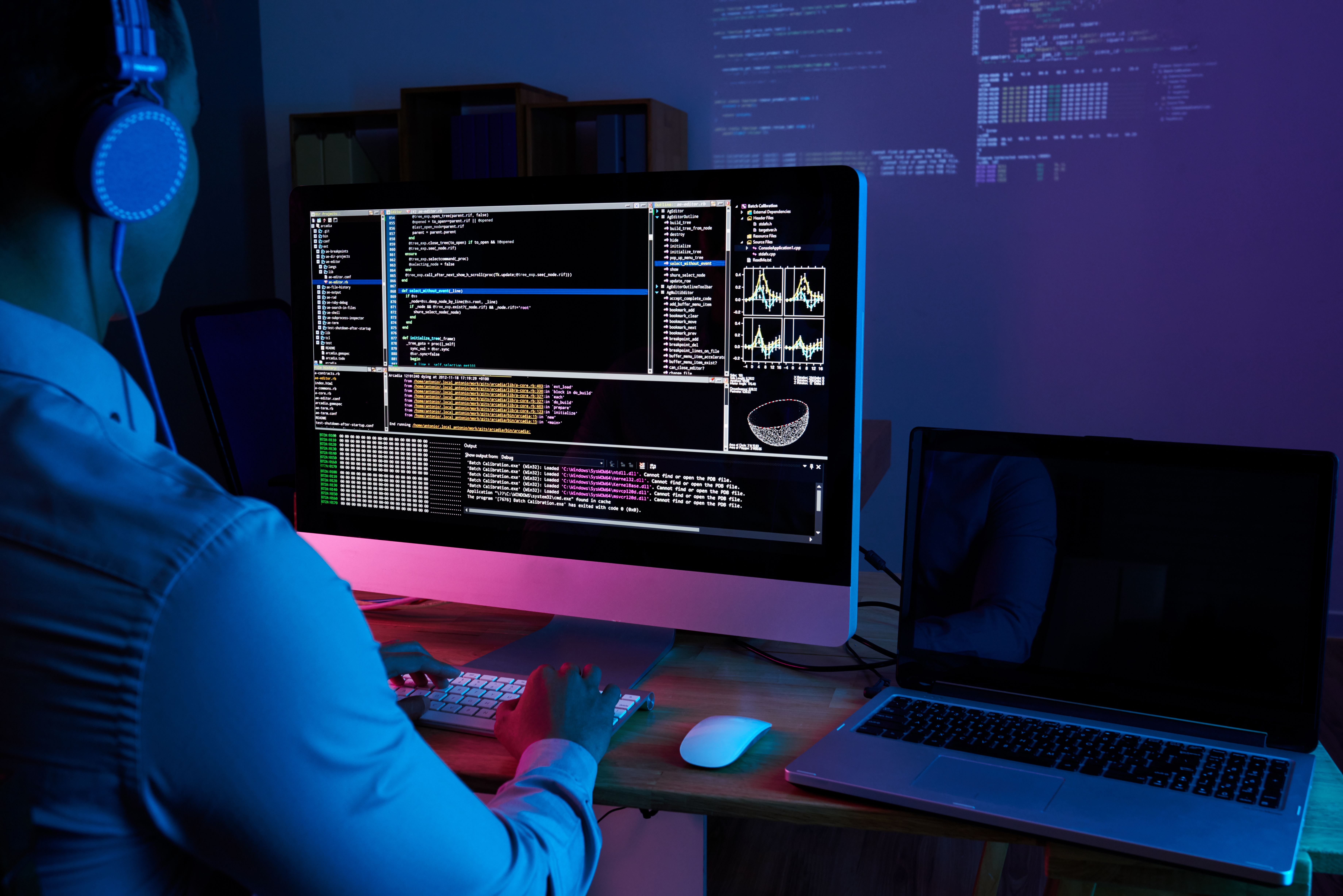Blog Details
- Home
- //
- 2025 Website Designing Trends That Are Changing the Game

2025 Website Designing Trends That Are Changing the Game
The world of website designing continues to evolve fast. User behavior keeps shifting. Search engine algorithms keep changing. And every business now understands one thing: their website is more than a brochure—it's their storefront, salesperson, and brand voice all in one.
In 2025, we’re seeing fresh approaches, big updates, and new tools that make websites smarter, faster, and more personal than ever. Here’s what’s really happening in the web design world right now.
1. No-Code and Low-Code Tools Go Mainstream
In 2025, platforms like Webflow, Framer, and Editor X have grown stronger. Designers build full websites without touching complex code. Small businesses, startups, and even enterprise teams now use these tools to go live faster. These platforms also offer SEO-friendly structures and mobile responsiveness from the start.
Still, real customization and brand personality come from skilled designers who know how to blend these tools with creativity and structure.
2. AI Isn’t Replacing Designers—It’s Becoming Their Assistant
Generative design tools speed up the process, but they don’t replace human decisions. Designers now use AI to brainstorm layouts, build wireframes, and even test user flows. But final decisions always come from the designer’s experience and the client’s brand goals.
Designers stay in charge. AI simply removes repetitive steps.
3. Accessibility Design Is No Longer Optional
Brands can’t ignore accessibility anymore. Laws around web accessibility are getting stricter globally. Designers now create websites that everyone can use—people with vision loss, motor disabilities, or cognitive limitations.
That means clear fonts, proper color contrast, keyboard-friendly navigation, and screen-reader support.
This isn’t just about compliance—it’s also about reaching more people and showing brand responsibility.
4. Dark Mode Is Now a Standard Feature
Designers in 2025 no longer treat dark mode as an extra. Users expect it. It reduces eye strain and saves battery life. Today’s websites offer theme toggles so users can choose how they want to experience the site.
Design teams now design both light and dark versions from day one.
5. Mobile-First Is Now Micro-Interaction Focused
It’s not enough to shrink desktop websites for mobile screens. Now, mobile-first design also includes micro-interactions—tiny animations, button feedback, loading indicators, and gesture controls.
These micro-interactions guide users smoothly through the experience. They show attention to detail and boost conversion rates without shouting for attention.
6. SEO-Friendly Design Starts at Wireframing
Designers now think about search engine performance from the very beginning. That means structured layouts, fast-loading assets, lazy loading for images, and mobile optimization.
In 2025, developers and designers work together closely. Their common goal: build websites that look good and perform even better on Google.
7. Custom Illustrations and 3D Elements Make a Big Comeback
People want websites that feel real. Stock photos and generic graphics no longer work. Brands now use custom illustrations, 3D animations, and interactive visuals to create a unique digital identity.
WebGL and Three.js give designers power to add realistic, lightweight 3D elements that run smoothly on modern devices.
8. Headless CMS and API-Driven Websites Take Over
Businesses want speed and flexibility. That’s why headless CMS solutions like Strapi, Contentful, and Sanity are rising fast. These tools let developers manage content separately from design, allowing front-end teams to build lightning-fast websites using React, Vue, or Svelte.
This trend shows no signs of slowing down.
9. Sustainable Design Becomes a Serious Goal
Website carbon footprints are real. Heavy pages and poor hosting choices waste energy. In 2025, green hosting, optimized images, fewer scripts, and lighter code are part of responsible design.
Brands now ask for websites that load fast and use fewer resources—because sustainability matters.
10. Storytelling and Emotion-Led Design Rule the Homepage
People connect with emotion, not features. This year, websites use motion, typography, and scroll-based storytelling to build a strong emotional journey.
Brands now focus on how they make people feel rather than what they do. Designers craft journeys that tell a story from top to bottom—not just flashy banners and CTAs.
What Does This Mean for You?
If you run a business or manage a brand, your website can’t look like it did last year. Users expect more, and your competitors are upgrading. To stand out, you need a smart, fast, emotionally engaging website that works perfectly on all devices.
You don’t need to understand every tool or trend. That’s our job. You just need a clear goal, a good team, and the right plan.
Contact Us for Free Web Designing Consultation
Let’s sit together and plan a website that works for you. Whether you need a brand-new design or a performance upgrade, our team at Nexus Web Creation – Website Designing Company in Delhi is ready to help.
Get your free consultation today. No jargon. Just real solutions.
All Locations
Quick Links :
Our Services :
Copyright © 2015 to 2025 Nexus Web Creation. All Right Reserved

